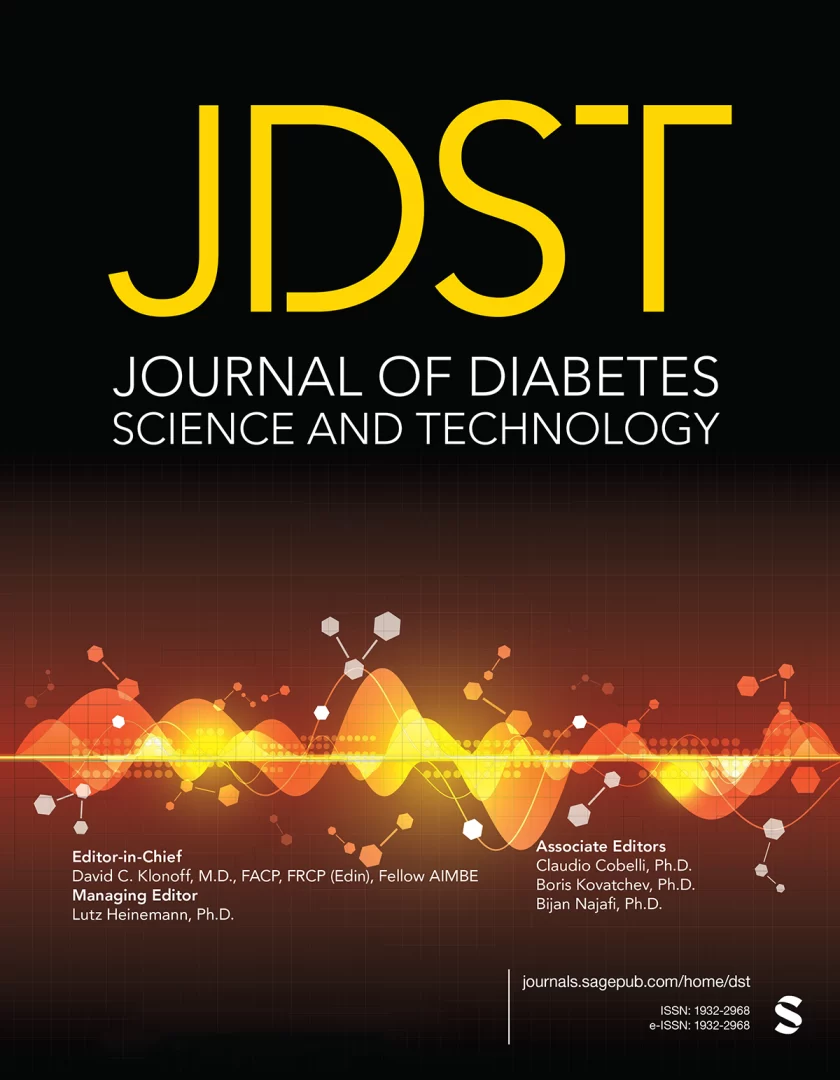Unveiling the Hidden Rise: A New Approach to Understanding the dawn rise in glucose in type 2 diabetes

Original Article: https://www.nature.com/articles/s41598-024-52461-1
The Dawn Phenomenon in Type 2 Diabetes (T2D)
In people with Type 2 Diabetes (T2D), there’s a phenomenon called the “dawn phenomenon,” where blood sugar levels rise overnight. This increase in glucose is important to understand because it contributes to overall HbA1c levels and could be a target for treatment. However, the current methods of monitoring glucose levels, like Continuous Glucose Monitoring (CGM), don’t always consider the possibility of sensor errors, which can hide the true extent of the dawn phenomenon.
A New Way of Looking at the Data from a CGM
To tackle this issue, a team of researchers developed a new method that takes sensor errors into account. Instead of just labeling glucose fluctuations as a simple “yes” or “no” for the dawn phenomenon, they created what they called a “probabilistic framework”. This means that their approach assigns a probability to the likelihood of the dawn phenomenon happening, offering a more nuanced and accurate representation of the data. The researchers recruited predominantly Hispanic/Latino adults who had pre-diabetes or non-insulin treated T2D.
What did they find?
The researchers tested their new probabilistic model on CGM data from 173 participants with different levels of diabetes risk. The results showed that the probabilistic model identified a higher frequency of the dawn phenomenon in T2D compared to the traditional yes/no model. This finding was consistent across different HbA1c levels, suggesting that the new approach has the potential to detect the dawn phenomenon earlier and more accurately, providing valuable insights for managing diabetes across various risk categories.

